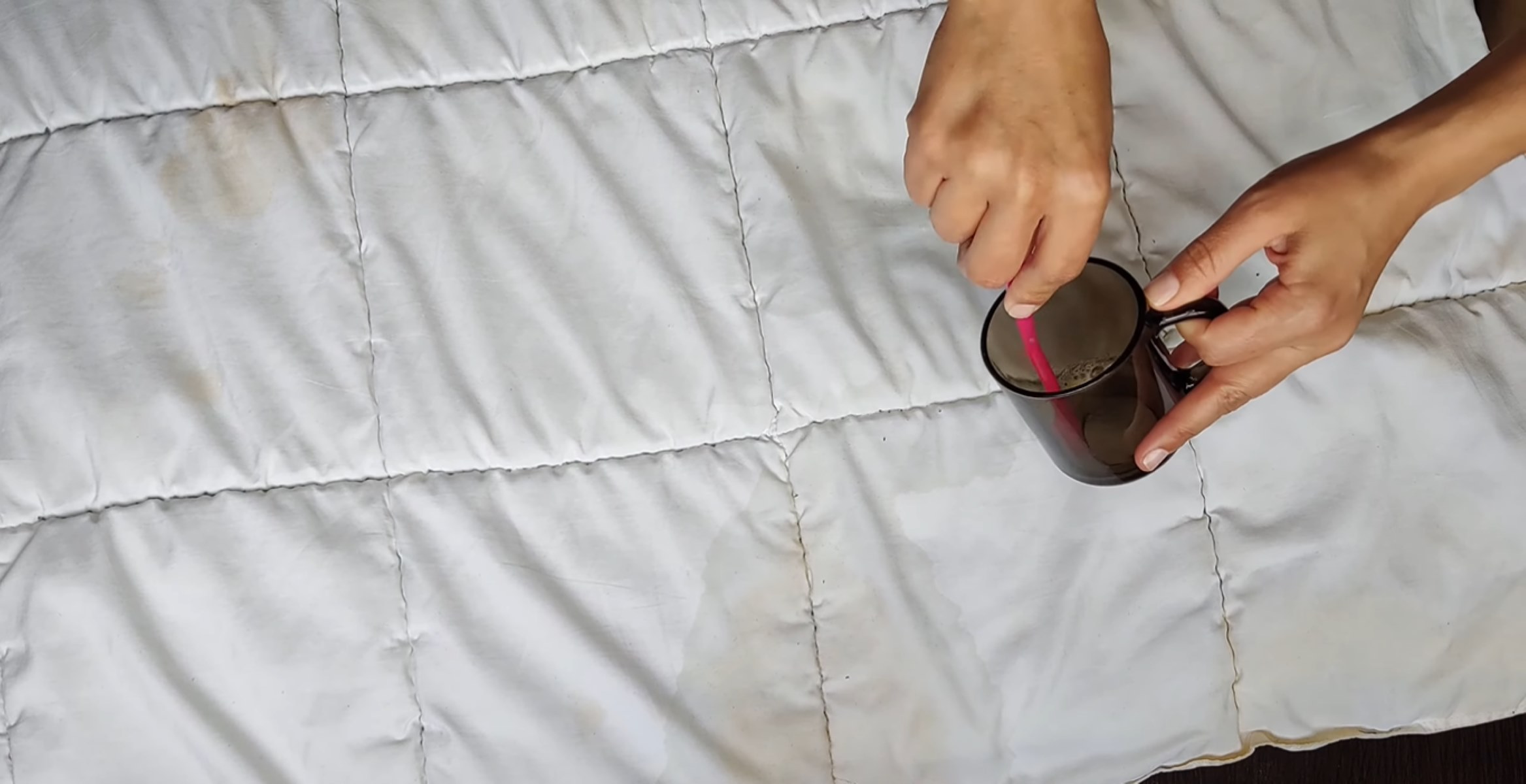

Articles
How To Get Stains Out Of A Blanket
Modified: August 24, 2024
Looking for articles on how to get stains out of a blanket? Discover effective tips and tricks to clean and refresh your favorite blanket with our expert advice.
(Many of the links in this article redirect to a specific reviewed product. Your purchase of these products through affiliate links helps to generate commission for Storables.com, at no extra cost. Learn more)
Introduction
Blankets are a cozy essential in our daily lives, providing warmth and comfort during the chilly months. However, accidents happen, and our beloved blankets can fall victim to various stubborn stains. Whether it’s spilled food, ink mishaps, or pet accidents, dealing with stains on blankets might seem like a daunting task. But fear not! With the right techniques and a little know-how, you can easily get rid of those unsightly stains and restore your blanket to its former glory.
In this article, we will guide you through the process of removing different types of stains from your blankets. We’ll cover everything from pre-treatment steps to specific stain removal methods. So, grab your stained blanket, put on your stain-fighting gloves, and let’s get started!
Key Takeaways:
- Keep your blankets stain-free by acting quickly, using gentle cleaning techniques, and following pre-treatment steps. With the right approach, you can effectively tackle common stains like food, oil, ink, wine, blood, and pet accidents.
- Restore your blankets’ freshness by eliminating odors with natural deodorizers, spot treatments, and sunlight exposure. Regular care and prompt action will ensure your blankets remain cozy and odor-free for years to come.
Common Types of Stains on Blankets
Blankets can encounter a variety of stains in their lifetime. Understanding the different types of stains will help you determine the best course of action for removing them. Here are some of the most common types of stains you might come across:
- Food Stains: Whether it’s a late-night snack or a spill during a movie marathon, food stains are a common occurrence on blankets. These can include sauce stains, chocolate smudges, or even fruit juice spills.
- Oil and Grease Stains: Accidental oil or grease spills from food or personal care products can leave unsightly marks on blankets. These stains can be particularly stubborn and require targeted cleaning techniques.
- Ink Stains: A leaky pen or an accidental swipe of a permanent marker can leave ink stains on your blanket. Ink stains can be challenging to remove, especially if left untreated for an extended period.
- Wine or Juice Stains: Spilled wine or juice can quickly seep into the fabric of a blanket, leaving behind stubborn stains. The pigments in these beverages can be challenging to remove completely.
- Blood Stains: Accidents happen, and blood stains can happen on blankets. Acting quickly to remove blood stains will increase your chances of successful removal.
- Pet Stains: Our furry friends may have accidents on our blankets, leaving behind unpleasant stains and odors. Promptly addressing pet stains is important for maintaining the cleanliness and freshness of your blanket.
Knowing the type of stain you’re dealing with will help you choose the appropriate stain removal methods and products. Now, let’s move on to the pre-treatment steps you should take before diving into the stain removal process.
Pre-Treatment Steps
Before diving into the stain removal process, it’s essential to take some pre-treatment steps to prepare your blanket for cleaning. These steps will help loosen and lift the stain, making it easier to remove. Here are some pre-treatment steps to follow:
- Act Quickly: The sooner you address a stain, the better your chances of successful removal. Don’t let the stain set into the fabric for too long.
- Blot, Don’t Rub: When dealing with a fresh stain, gently blot the affected area with a clean cloth or paper towel. Avoid rubbing the stain, as it can spread and make the situation worse.
- Check the Care Label: Before applying any cleaning solutions, refer to the care label on your blanket. It will provide guidance on suitable cleaning methods and any specific instructions to follow.
- Test in an Inconspicuous Area: To ensure the cleaning solution doesn’t cause any damage or discoloration, test it on a small, hidden area of the blanket first.
- Remove Excess Stain: If there is any solid or excess material on the stain, gently scrape or remove it before proceeding with cleaning.
Following these pre-treatment steps will set the stage for effective stain removal. Now, depending on the type of stain you’re dealing with, let’s explore the specific methods for removing them from your blanket.
Removing Food Stains
Food stains on blankets can range from simple crumbs to more stubborn sauce smears. The key to successfully removing food stains is to act quickly and use the appropriate cleaning techniques. Here’s a step-by-step guide on how to remove food stains from your blanket:
- Scrape off Excess Food: If there is any solid food on the stain, gently scrape it off with a spoon or a dull knife. Be careful not to push the food further into the fabric.
- Rinse with Cold Water: Flush the stained area with cold water from the back of the fabric. This helps to prevent the stain from setting into the fabric. Avoid using hot water as it can set the stain.
- Apply Stain Remover: Depending on the type of food stain, apply a suitable stain remover to the affected area. You can use a commercial stain remover or make your own by mixing a solution of equal parts liquid dish soap and hydrogen peroxide.
- Gently Rub the Stain Remover: Using a clean cloth or sponge, gently rub the stain remover into the food stain. Be careful not to scrub too vigorously to avoid damaging the fabric.
- Let it Sit: Allow the stain remover to penetrate the stain for 15-30 minutes. This gives it time to break down and loosen the food particles.
- Wash as Recommended: Follow the care label instructions and wash the blanket using the recommended temperature and detergent. Check if the stain is fully removed before drying.
- Avoid Heat: If the stain persists after washing, avoid drying the blanket in high heat as it can set the stain. Instead, air dry or tumble dry on a low setting until the stain is completely gone.
Remember, the type of food stain and the fabric of your blanket can influence the success of stain removal. If the stain is particularly stubborn or if you’re dealing with delicate fabrics, it’s best to seek professional cleaning assistance.
Now, let’s move on to the next common stain on blankets – oil and grease stains.
Eliminating Oil and Grease Stains
Oil and grease stains on blankets can be quite tricky to remove. These stains can be caused by spilled food, body oils, or even beauty products. To successfully eliminate oil and grease stains, you’ll need to take immediate action and use the right techniques. Here’s a step-by-step guide:
- Blot Excess Oil: If there is any excess oil or grease on the stain, gently blot it with a clean cloth or paper towel. Avoid rubbing the stain, as it can spread the grease.
- Apply Dish Soap: Apply a small amount of liquid dish soap directly to the stain. Dish soap is effective in cutting through grease and oil.
- Gently Rub the Soap: Using a clean cloth or sponge, gently rub the dish soap into the stain. Make sure to work the soap in a circular motion to break down the grease.
- Let it Sit: Allow the dish soap to penetrate the stain for about 15 minutes. This gives enough time for the soap to lift the grease from the fabric.
- Rinse with Warm Water: Rinse the stained area with warm water to remove both the soap and the loosened grease. Rinse from the back of the fabric to push the grease out.
- Check for Stain: Assess the stain and repeat the process if necessary. For stubborn oil or grease stains, you may need to apply a stain remover designed for oil-based stains.
- Wash as Recommended: Launder the blanket following the care label instructions. Use a quality laundry detergent and wash at the recommended temperature. Check if the stain is fully gone before drying.
- Avoid Heat: Before drying, ensure the stain is completely removed. Avoid high heat during drying as it can set the stain. Air dry or use a low heat setting instead.
Remember, acting quickly and using dish soap can significantly improve your chances of removing oil and grease stains. However, for delicate fabrics or persistent stains, it’s best to consult a professional cleaner.
Next, let’s explore how to tackle another common stain – ink stains.
Read more: How To Get Stains Out Of A Duvet
Getting Rid of Ink Stains
An unfortunate ink mishap can leave behind stubborn stains on your blanket. Ink stains can be particularly challenging to remove, but with the right approach, you can effectively tackle them. Here’s a step-by-step guide on how to get rid of ink stains:
- Blot the Ink Stain: If the ink stain is fresh, quickly blot the affected area with a clean cloth or paper towel. Avoid rubbing the stain, as it can spread the ink further.
- Isolate the Stained Area: To prevent the ink from spreading, place a clean, absorbent cloth or paper towel underneath the stained area.
- Apply Rubbing Alcohol: Dampen a clean cloth or cotton ball with rubbing alcohol. Gently dab the ink stain, working from the outside edge towards the center. Avoid excessive rubbing as it can push the ink deeper into the fabric.
- Check for Color Transfer: As you dab the stain with rubbing alcohol, you may notice some color transfer onto the cloth. This indicates that the ink is lifting from the fabric.
- Repeat the Process: If the ink stain persists, apply more rubbing alcohol and continue dabbing until the stain lightens or disappears. Replace the cloth or cotton ball when it becomes saturated with ink.
- Rinse and Launder: Once the ink stain has lightened or disappeared, rinse the area with cold water to remove any residue. Then, launder the blanket according to the care label instructions.
- Check for Residual Stain: After washing, check if the ink stain is completely gone. If there is still a faint trace of the stain, repeat the rubbing alcohol treatment or try a specialized ink stain remover.
- Air Dry: Avoid using high heat during drying, as it can set any remaining ink stain. Air drying or using a low heat setting is the safest option until the stain is fully removed.
It’s important to note that ink stains can be challenging to remove, especially if they have set into the fabric for a long time. If you’re unsure or dealing with a delicate blanket, consider seeking professional assistance for ink stain removal.
Next, let’s learn how to tackle wine or juice stains on blankets.
Mix a solution of equal parts water and white vinegar, then gently blot the stain with a clean cloth. For tougher stains, apply a small amount of laundry detergent directly to the area before washing.
Tackling Wine or Juice Stains
Spilled wine or juice can leave behind stubborn stains on your beloved blanket. The pigments in these beverages can quickly seep into the fabric, making stain removal a bit challenging. However, with the right approach, you can effectively tackle wine or juice stains. Here’s a step-by-step guide:
- Blot the Stain: If the spill is fresh, quickly blot the stained area with a clean cloth or paper towel. Gently press down to absorb as much liquid as possible. Avoid rubbing, as it can spread the stain.
- Rinse with Cold Water: Holding the stained area under cold running water, rinse from the back of the fabric. This helps to flush out and dilute the stain. Avoid using warm or hot water, as it can set the stain.
- Apply Stain Remover: Depending on the fabric and the intensity of the stain, you can use a commercial stain remover or make your own solution. Mix equal parts of liquid dish soap and hydrogen peroxide, and dab it onto the stain.
- Gently Rub the Stain Remover: Using a clean cloth or sponge, gently rub the stain remover into the stained area. Be careful not to scrub too harshly, as it can damage the fabric.
- Let it Sit: Allow the stain remover to penetrate the stain for 15-30 minutes. This gives it time to break down and lift the pigments from the fabric.
- Wash as Recommended: Follow the care label instructions and launder the blanket using the recommended temperature and detergent. Check if the stain is fully removed before drying.
- Avoid Heat: If the stain is still visible after washing, avoid high heat during drying, as it can set the stain. Opt for air drying or use a low heat setting until the stain is completely gone.
It’s important to act quickly when dealing with wine or juice stains, as the pigments can set into the fabric if left untreated. If the stain persists or you’re unsure about the fabric’s compatibility with stain removers, consider consulting a professional cleaner.
Now, let’s move on to the next common stain – blood stains on blankets.
Removing Blood Stains
Accidents happen, and blood stains can occur on our blankets. When dealing with blood stains, it’s crucial to act swiftly, as fresh stains are easier to remove. With the right approach, you can effectively eliminate blood stains from your blanket. Here’s a step-by-step guide:
- Blot the Stain: If the blood stain is fresh, immediately blot the affected area with a clean cloth or paper towel. Gently press down to absorb as much blood as possible. Avoid rubbing, as it can spread the stain.
- Rinse with Cold Water: Rinse the stained area under cold running water. Cold water helps to loosen the blood and prevent it from setting into the fabric. Rinse from the back of the fabric to push the blood out.
- Apply Stain Remover: Apply a small amount of enzyme-based stain remover directly to the blood stain. Enzyme cleaners are effective in breaking down the proteins in the blood, making it easier to remove the stain.
- Gently Rub the Stain Remover: Using a clean cloth or sponge, gently rub the stain remover into the blood stain. Be careful not to scrub too vigorously, as it can damage the fabric.
- Let it Sit: Allow the stain remover to penetrate the stain for about 15 minutes. This gives it time to break down the blood particles.
- Rinse and Repeat: Rinse the area with cold water to remove the stain remover and loosened blood. If the stain persists, repeat the process until the stain lightens or disappears.
- Wash as Recommended: Launder the blanket following the care label instructions. Use a quality laundry detergent and wash at the recommended temperature. Check if the stain is fully gone before drying.
- Avoid Heat: Before drying, make sure the blood stain is completely removed. High heat can set any remaining blood stain. Air dry or use a low heat setting until the stain is fully eliminated.
It is crucial to address blood stains promptly, as they can become more challenging to remove once they set into the fabric. If the stain persists or you’re dealing with a delicate fabric, consider seeking professional help for blood stain removal.
Next, let’s learn how to deal with pet stains on blankets.
Dealing with Pet Stains
Our beloved pets can sometimes have accidents on our blankets, leaving behind unpleasant stains and odors. It’s essential to address pet stains promptly to prevent them from penetrating deep into the fabric. Here’s a step-by-step guide on how to deal with pet stains on your blanket:
- Blot the Stain: If the pet stain is fresh, blot the affected area with a clean cloth or paper towel to remove as much moisture as possible. Avoid rubbing, as it can push the stain deeper into the fabric.
- Neutralize Odor: To eliminate the odor associated with pet stains, sprinkle baking soda on the stained area. Baking soda is effective in absorbing odors and can help neutralize the smell.
- Prepare a Cleaning Solution: Mix a solution of water and mild liquid detergent. Avoid using harsh chemicals or cleaners that may harm your pet or the fabric.
- Apply the Cleaning Solution: Gently apply the cleaning solution to the stained area. Use a clean cloth or sponge to work the solution into the fabric. Allow it to sit for a few minutes to break up the stain.
- Blot the Stain: After letting the cleaning solution sit, blot the stained area with a clean cloth or paper towel. Repeat this process until the stain is lifted as much as possible.
- Rinse the Area: Rinse the affected area thoroughly with cold water to remove any residual cleaning solution and remaining stain particles. Rinse from the back of the fabric to push any remaining stain out.
- Dry Completely: Allow the blanket to air dry completely before using or storing it. Avoid using high heat, such as a dryer, as it can set the stain and make it more difficult to remove.
- Address Lingering Odors: If there’s still a lingering pet odor, you can sprinkle baking soda on the dried area and let it sit for a few hours before vacuuming it up. This should help absorb any remaining odors.
While these steps can help you effectively tackle pet stains, it’s important to address any underlying behavioral or health issues with your pet to prevent future accidents. Additionally, if the stain persists or the fabric requires special care, consider consulting a professional cleaner for assistance.
Now that we’ve covered pet stains, let’s move on to removing odors from blankets.
Read more: How To Get Lint Out Of A Blanket
Removing Odors from Blankets
Over time, blankets can accumulate unpleasant odors from various sources like food spills, pets, or general use. Fortunately, there are effective methods for removing odors and freshening up your blankets. Here’s a step-by-step guide on how to eliminate odors from your blankets:
- Air Out the Blanket: Take the blanket outside and hang it over a clothesline or lay it flat on a clean surface in a well-ventilated area. Let it sit in the fresh air for a few hours to allow for natural air circulation.
- Use Baking Soda: Baking soda is a wonderful natural deodorizer. Sprinkle a generous amount of baking soda over the entire surface of the blanket, ensuring it covers the odorous areas. Let the baking soda sit for several hours or overnight to absorb the odors.
- Vacuum or Shake Off Baking Soda: After the baking soda has had time to work its magic, shake off the excess or use a vacuum cleaner with a brush attachment to remove the baking soda from the blanket.
- Spot Treatment: If there are specific areas with stubborn odors, create a solution of equal parts water and white vinegar. Lightly spray or dab the mixture onto the affected areas, then blot gently with a clean cloth to remove the odor.
- Hang in a Sunny Spot: Sunlight can help freshen blankets and naturally eliminate odors. Hang the blanket in a sunny spot for a few hours, making sure it’s fully exposed to the sunlight. The UV rays will help kill bacteria and freshen the fabric.
- Use Odor Eliminating Spray: If there are lingering odors, you can use an odor-eliminating spray specifically designed for fabrics. Choose a product that is safe for your type of blanket and lightly spray the entire surface, following the instructions on the bottle.
- Wash with a Scented Detergent: Finally, launder the blanket using a scented detergent. The fragrant detergent will help infuse a pleasant scent into the fabric during the washing process. Follow the care instructions on the blanket’s label for the appropriate water temperature and drying method.
By following these steps, you can effectively remove odors from your blankets and enjoy their fresh, clean scent once again. However, always check the care instructions and test any cleaning solution on a small, inconspicuous area of the blanket before applying it to the entire surface.
With these methods, you can successfully tackle a variety of stains and odors that can plague your blankets. Remember, prompt action, suitable cleaning techniques, and a little patience are key to restoring your blankets to their pristine condition.
We hope these tips help you in your quest to keep your blankets stain-free and odor-free. Happy cleaning!
Conclusion
Blankets are cherished possessions that provide us with warmth and comfort. Unfortunately, they can fall victim to various stains and odors over time. The good news is that with the right techniques and a little effort, you can effectively remove stains and eliminate odors, giving your blankets a renewed freshness.
In this article, we have covered a range of common stains, including food stains, oil and grease stains, ink stains, wine or juice stains, blood stains, and pet stains. For each type of stain, we provided step-by-step instructions on how to remove them, emphasizing the importance of acting quickly and using appropriate cleaning methods.
We also discussed pre-treatment steps that should be taken before starting the stain removal process to increase your chances of success. Additionally, we explored ways to eliminate odors from blankets, such as airing them out, using baking soda, spot treating, and using odor-eliminating sprays.
It’s important to note that different types of stains and fabrics may require different approaches. Always refer to the care label on your blanket for specific instructions and consider seeking professional assistance if needed, especially for delicate fabrics or stubborn stains.
By following the techniques provided in this article and remaining proactive in your stain and odor removal efforts, you can maintain the cleanliness and freshness of your blankets for years to come.
So, the next time you encounter a stubborn stain or unpleasant odor on your blanket, don’t panic. Armed with the knowledge and methods outlined here, you have the tools to restore your beloved blankets to their pristine condition.
Remember, prevention is key, so handle spills and accidents promptly, and establish a regular cleaning routine to keep your blankets looking and smelling their best. With a little care and attention, your blankets will continue to provide you with the warmth and comfort you deserve.
Here’s to stain-free and odor-free blankets that are ready to wrap you in cozy comfort!
Frequently Asked Questions about How To Get Stains Out Of A Blanket
Was this page helpful?
At Storables.com, we guarantee accurate and reliable information. Our content, validated by Expert Board Contributors, is crafted following stringent Editorial Policies. We're committed to providing you with well-researched, expert-backed insights for all your informational needs.

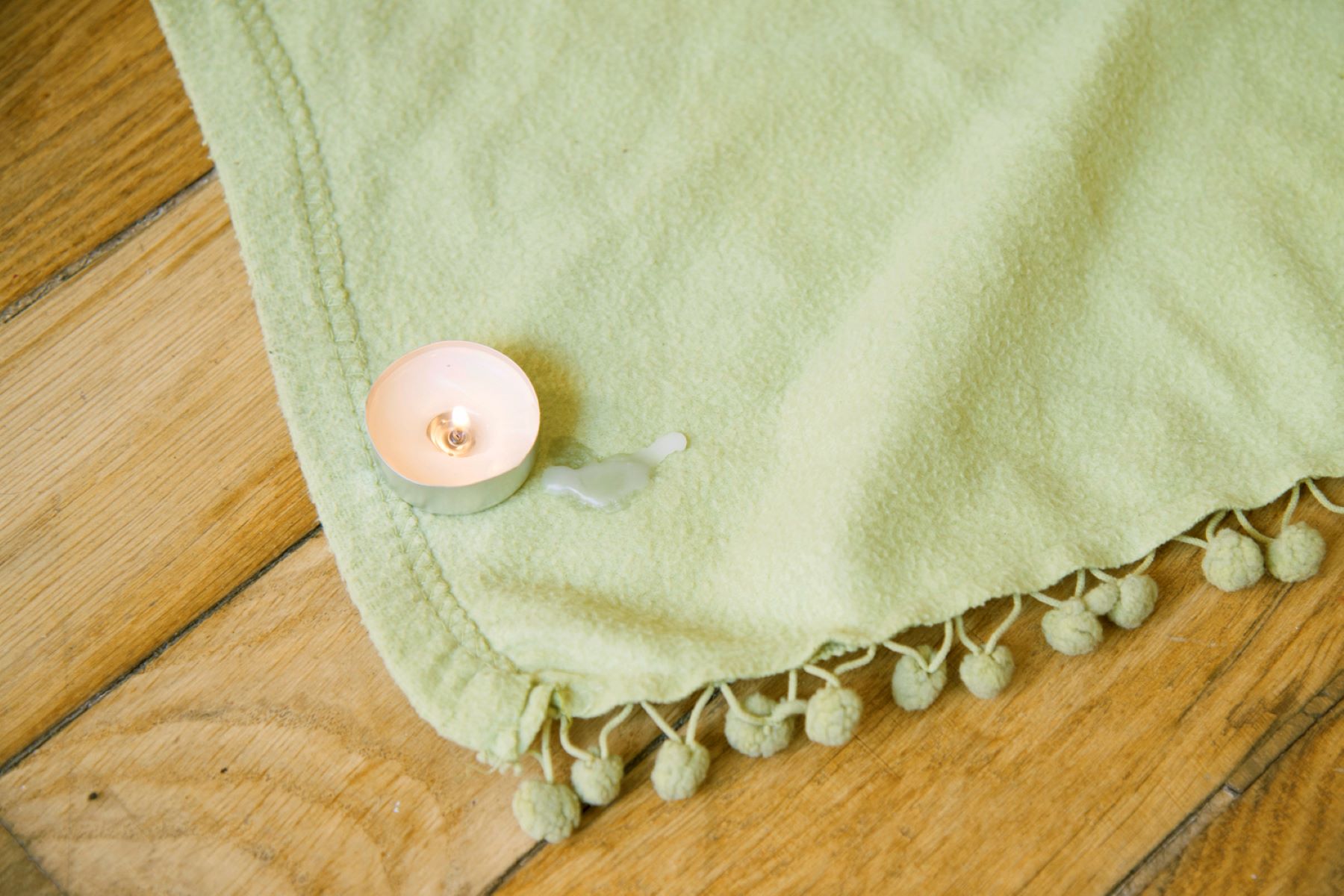
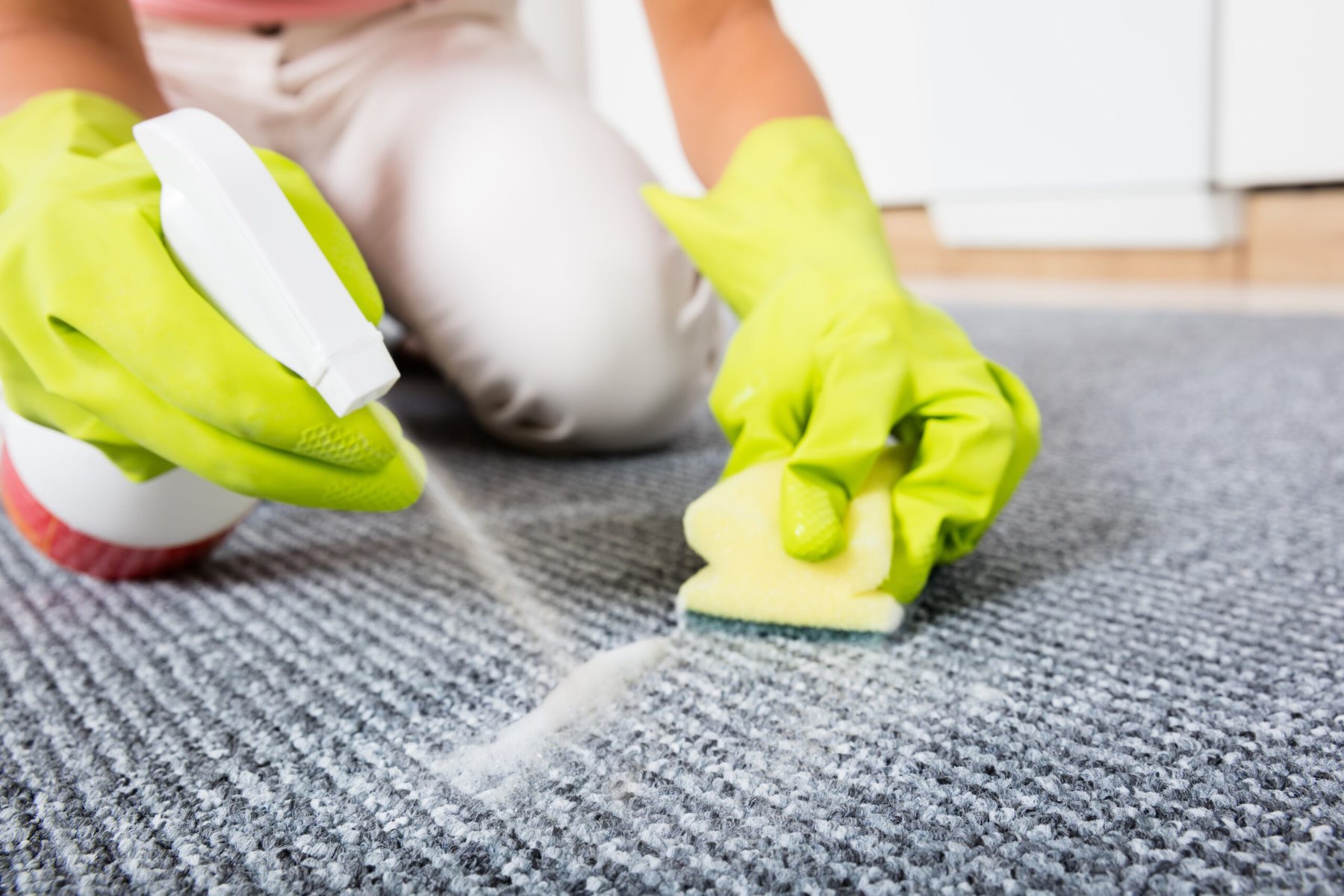
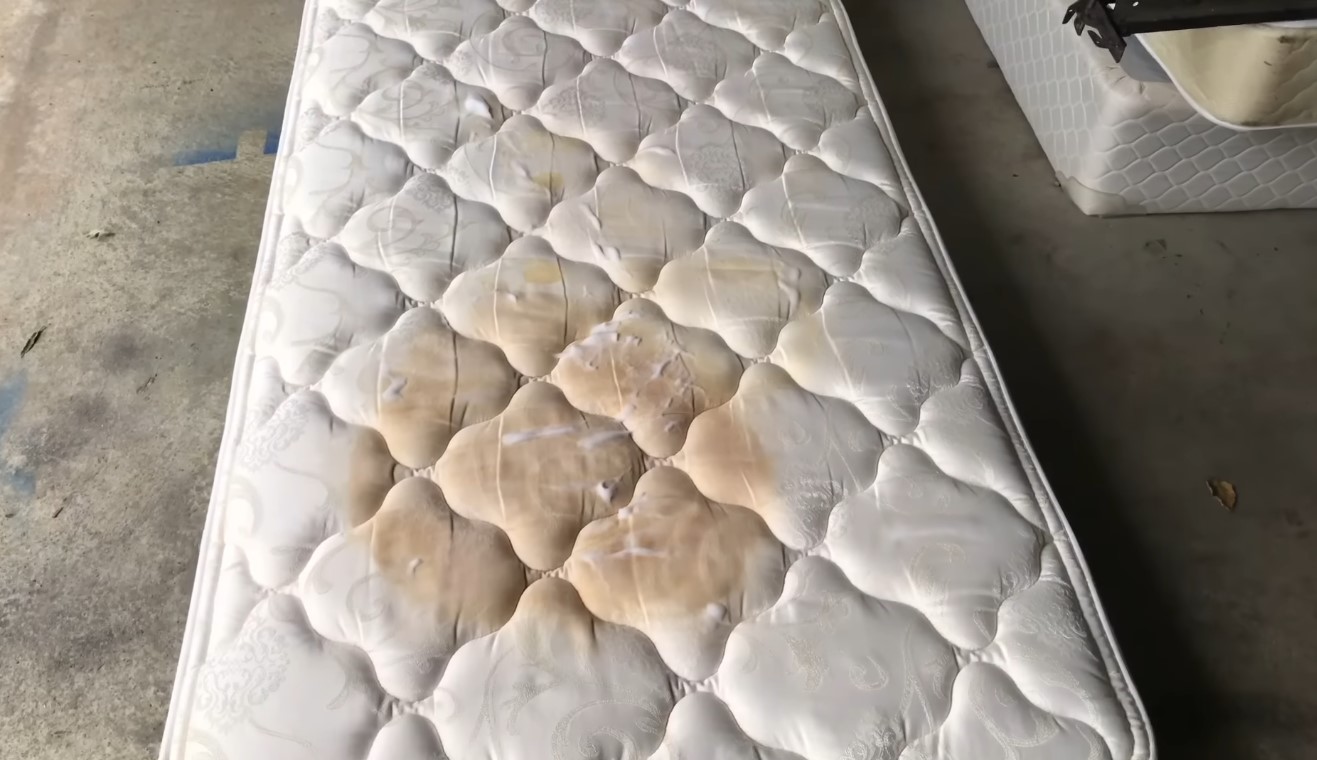
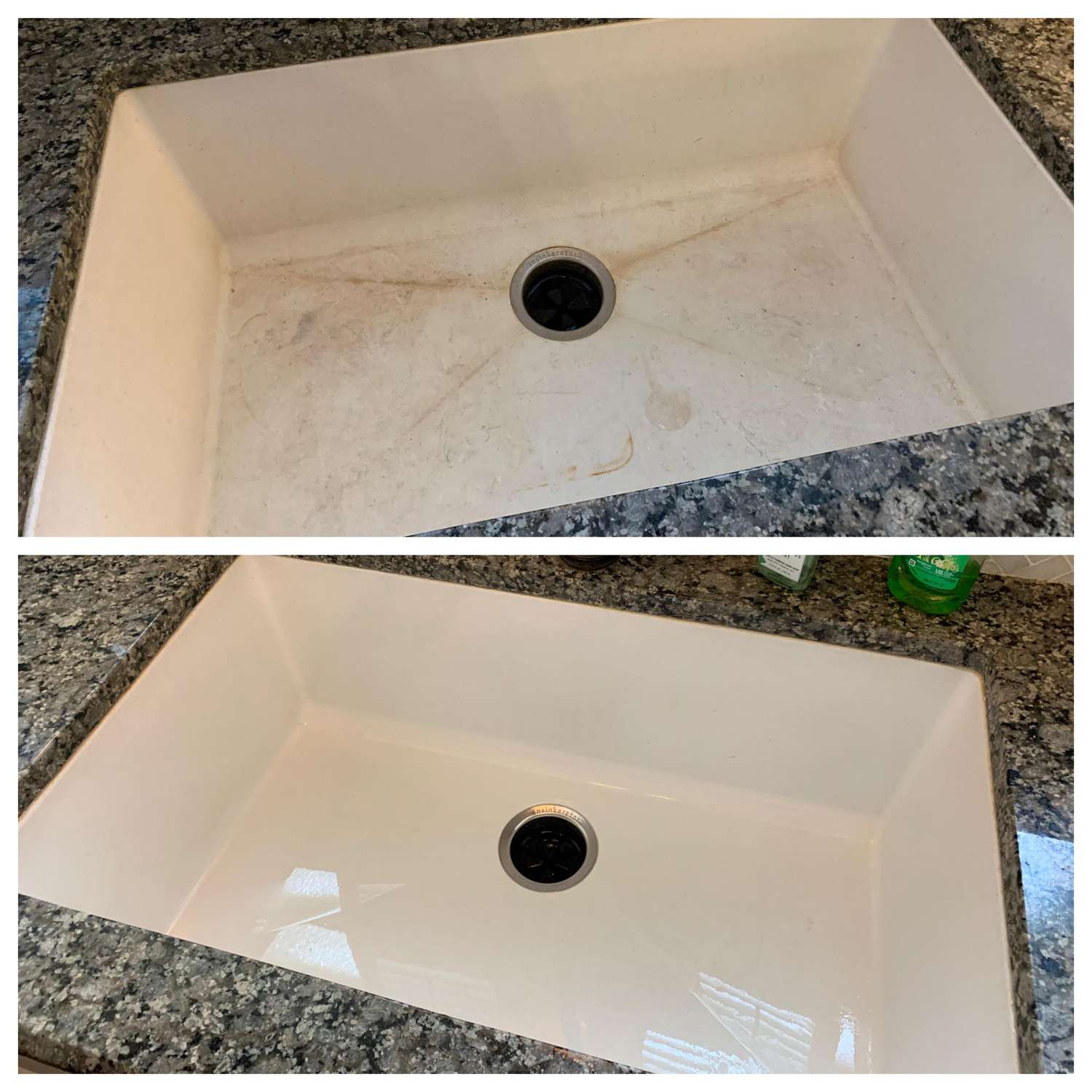
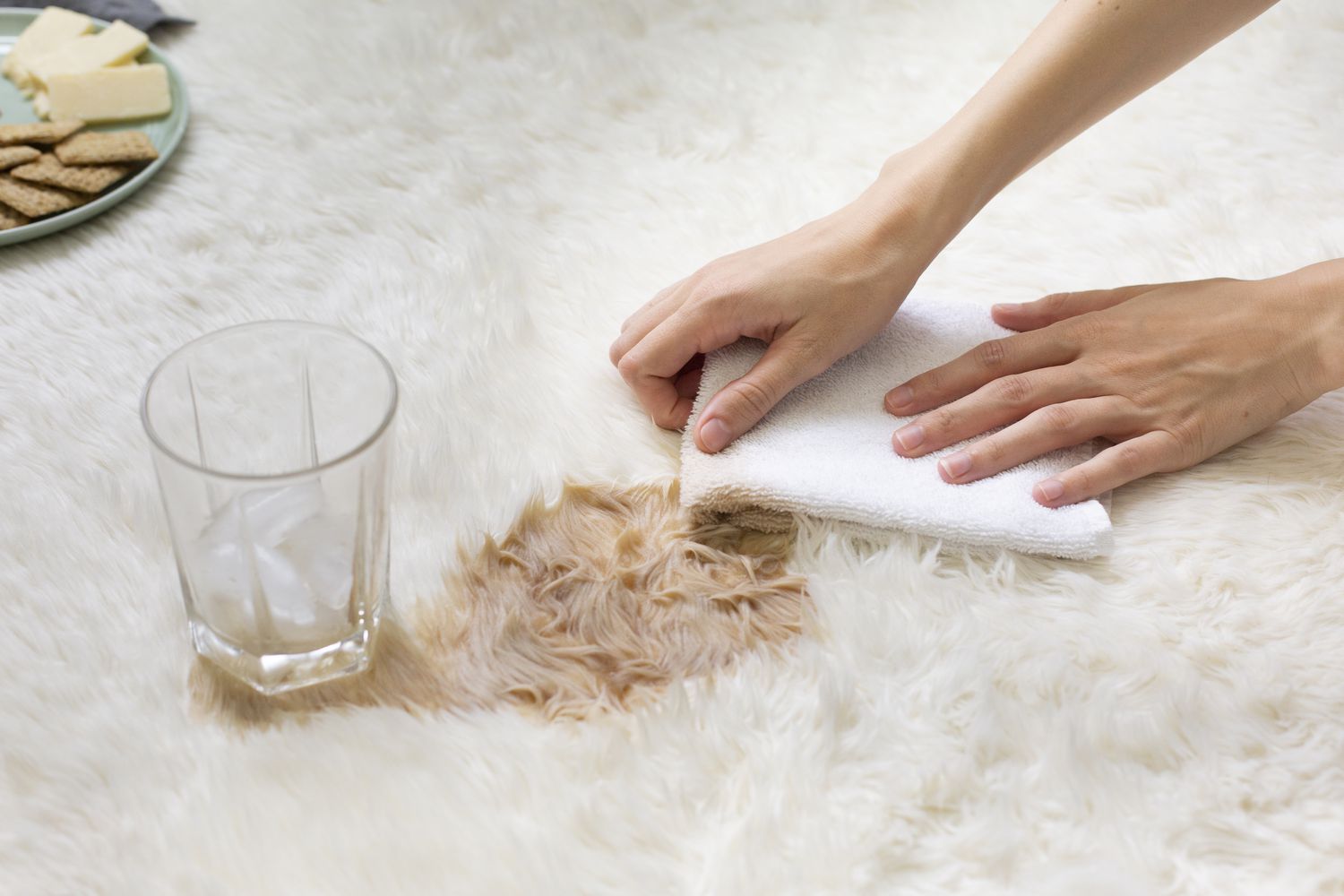
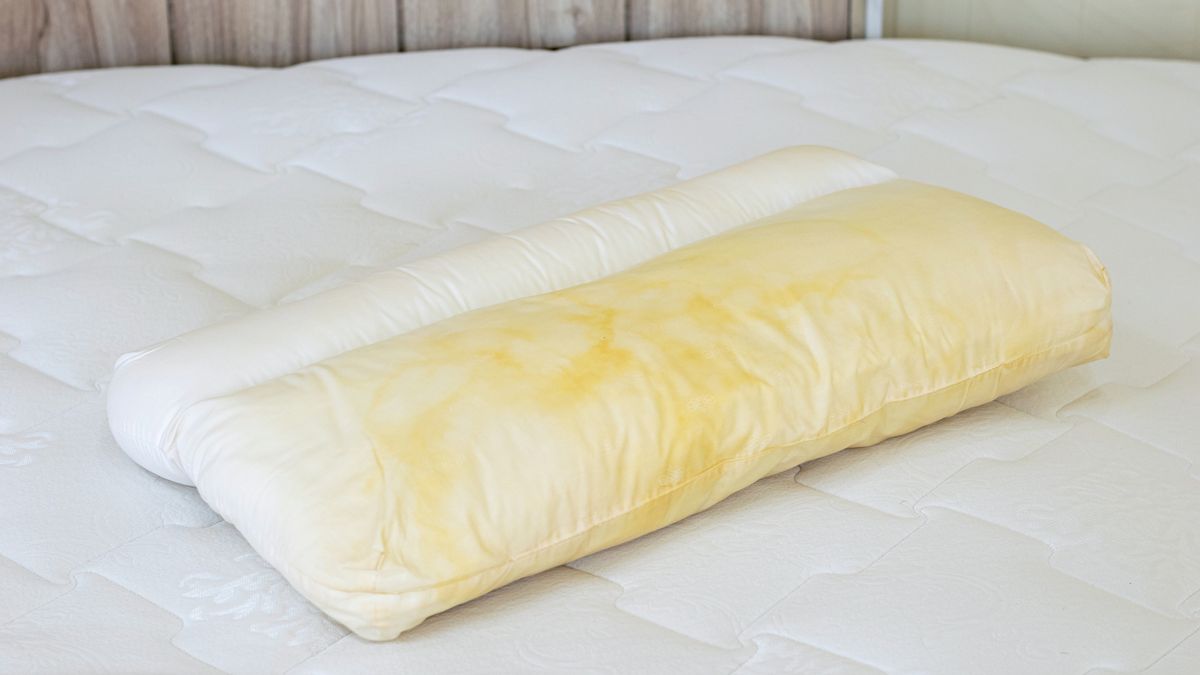
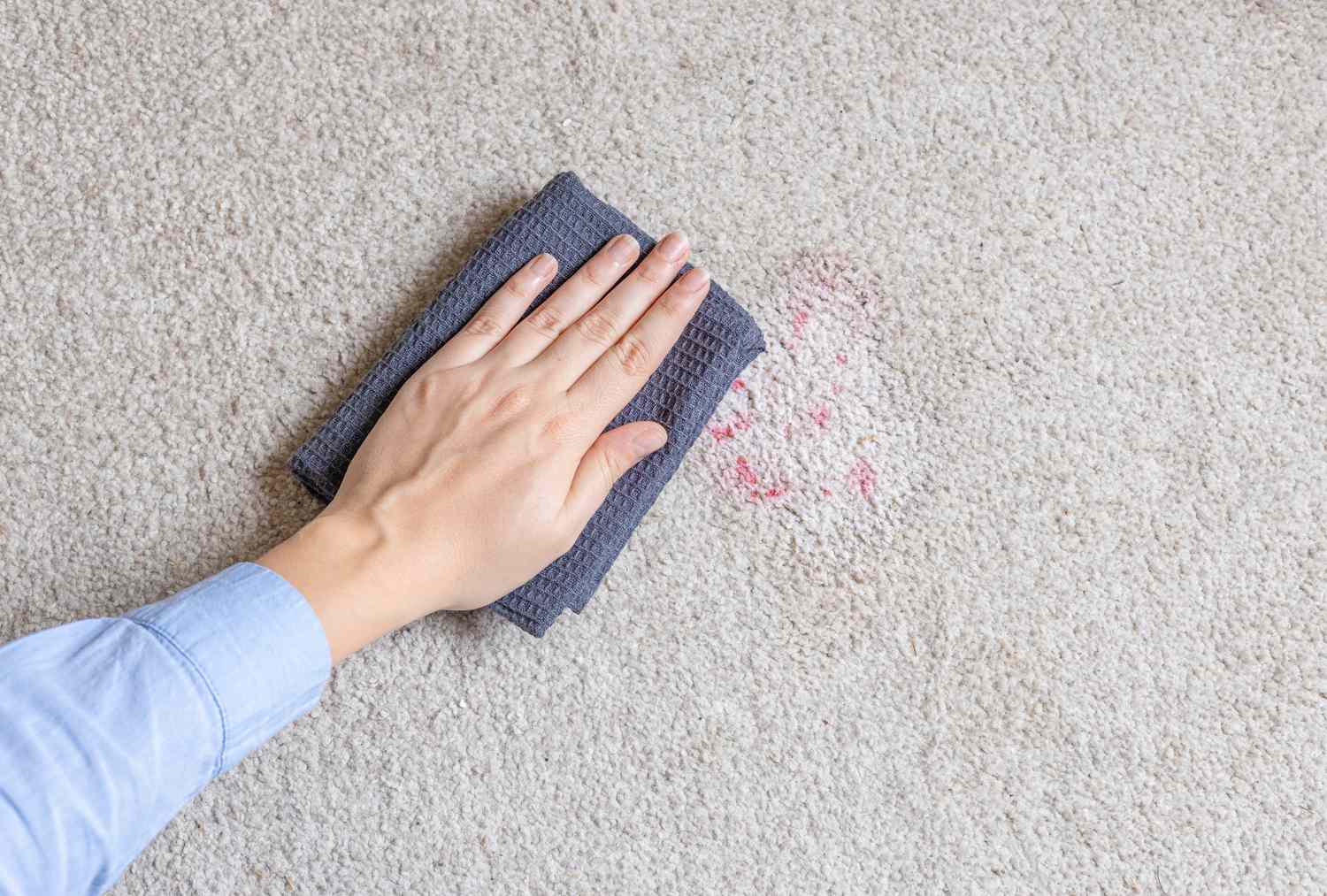
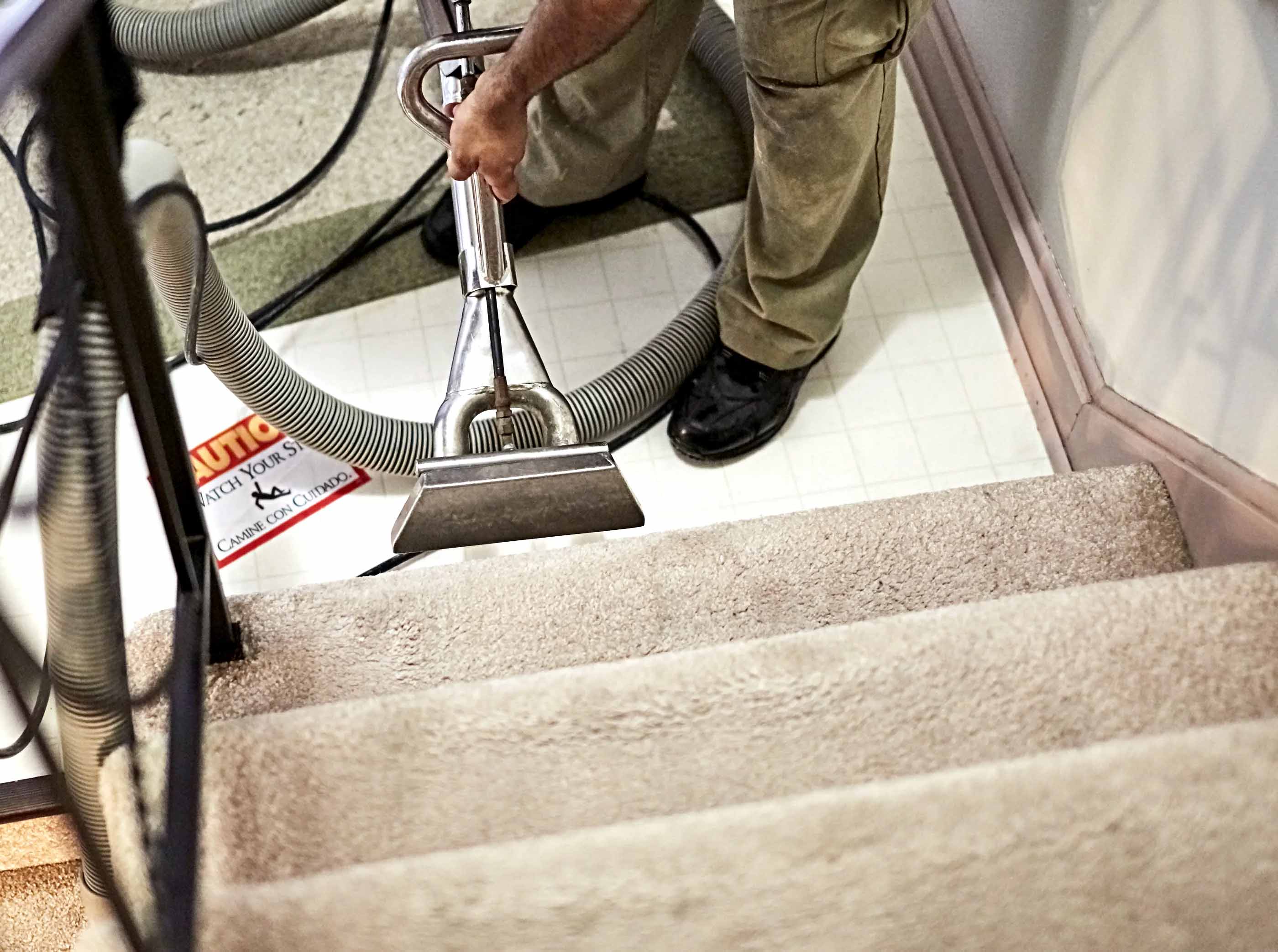
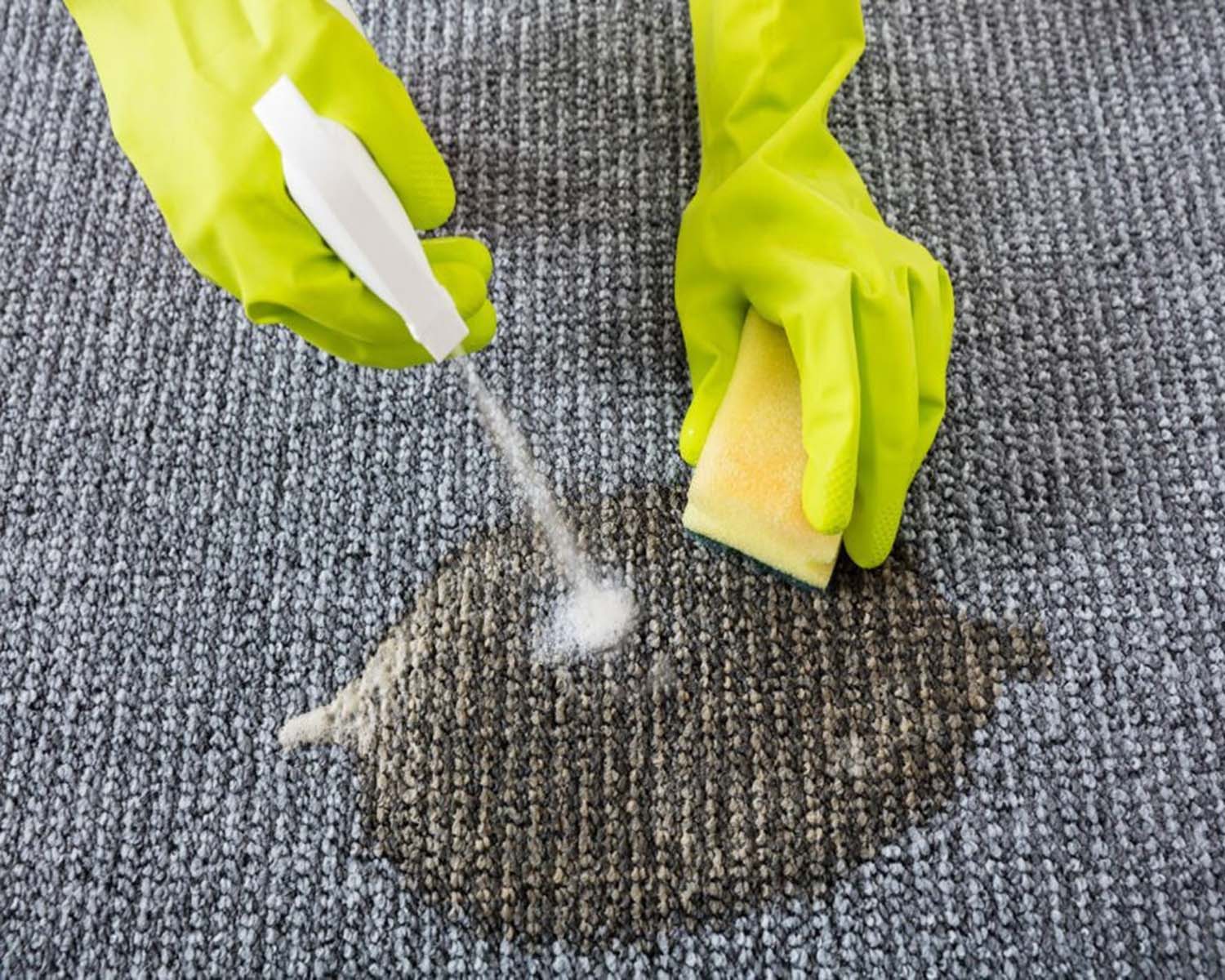
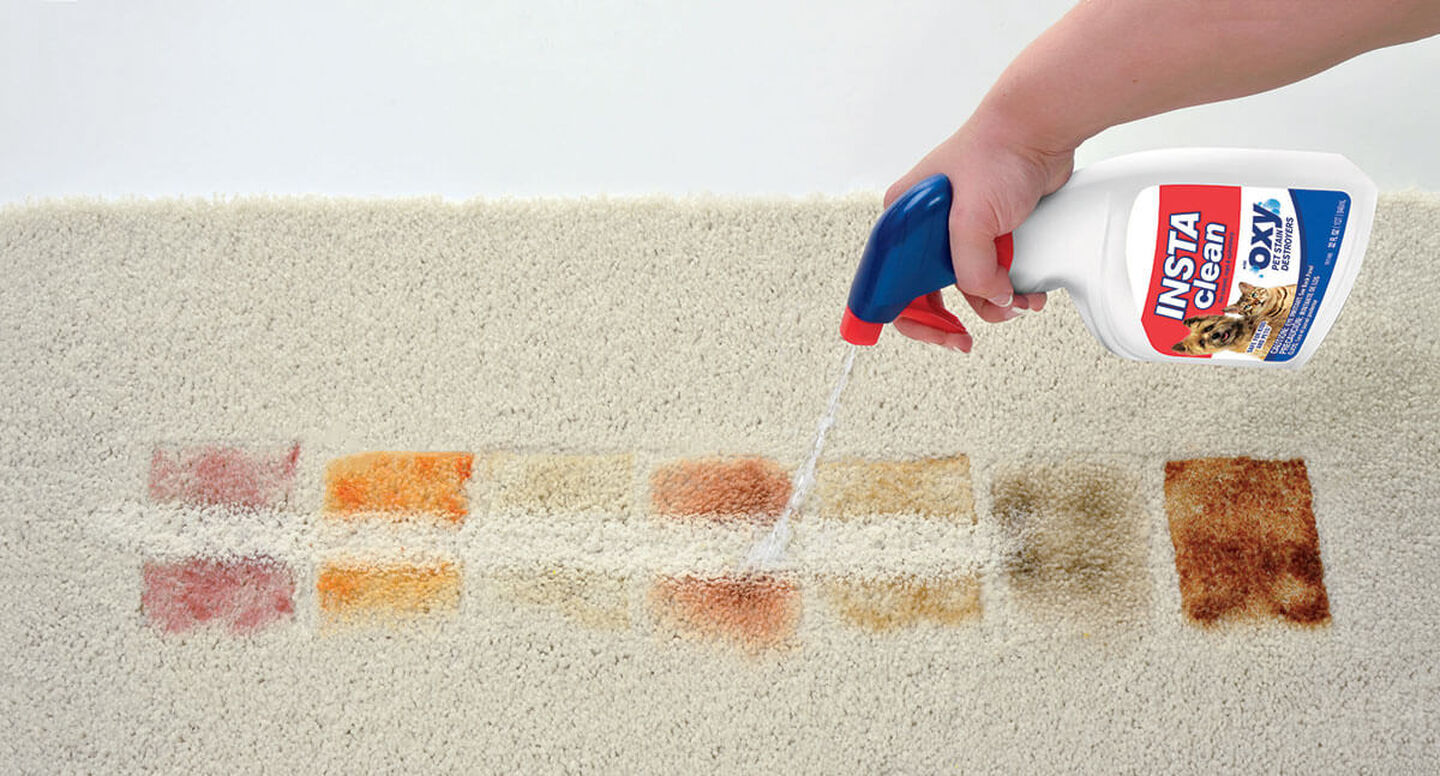
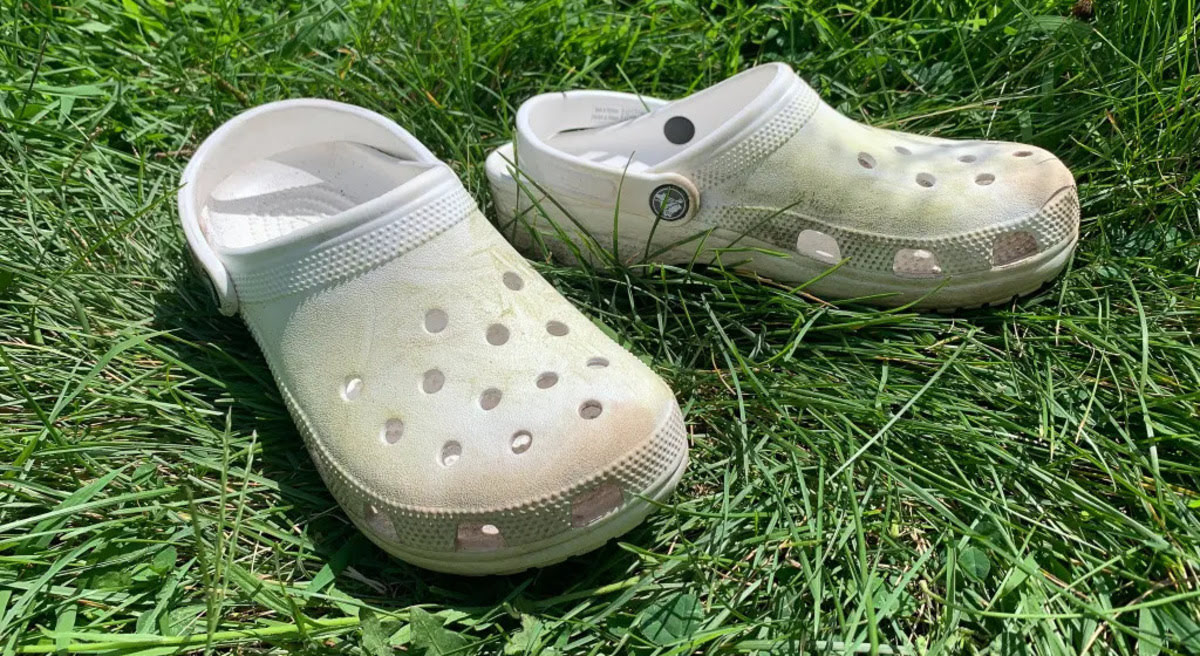
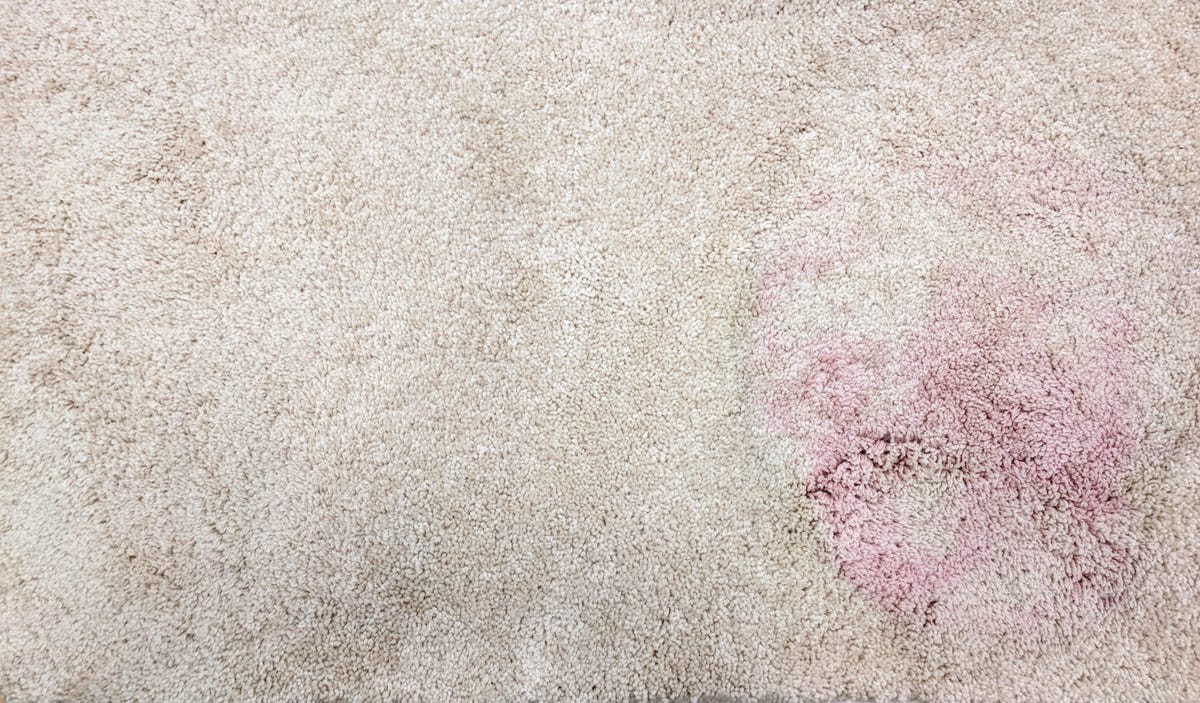

0 thoughts on “How To Get Stains Out Of A Blanket”